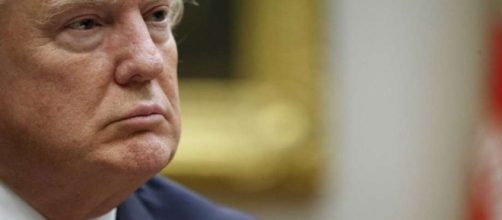On Friday, March 31 2017, President Donald trump signed two executive orders that were focused specifically on minimizing the trade deficit, the New Jersey Herald reports. Some analysts suggest the signing may have been strategically slated to occur just days before Trump's meeting with China, while many of Trump's aides are adamant that the timing was purely coincidence. Those same aides claim that the decision is evidence that the administration is indeed acting on campaign promises and taking an aggressive approach to slimming down a trade gap that China has had a big hand in widening.
Contrarily, certain policy experts believe the new orders show that the president is showing a much softer way of handling the Trade Deficit than he originally said he would.
The orders focus on the Commerce Department
The New Jersey Herald reports that the first order gives the Commerce Department just 90 days to create a report highlighting specific factors contributing to the deficit. The second is broader, emphasizing an attempt to "increase collection of duties on imports."
After giving remarks from the Oval Office about his reasoning behind the orders, Trump was expected to sign the orders, but officials said he instead signed them a little while later.
Economic outlook
Economically, experts suggest that it's not very likely the upcoming report will cover the much larger economic forces that play a large part in the trade imbalance, as it is designed to only track deficits by individual products and countries.
As for order number two, economists feel that it echoes a similar act former President Obama signed into law in 2016. Robert Scott, an official from the Economic Policy Institute, states that "It seems like there is less here than meets the eye," in terms of the possible effectiveness of the dual executive orders.
Differing opinions on China's involvement
Experts think that the orders constitute more of a barely veiled dart in China's direction- after all, the global powerhouse did account for $347 billion of 2016's $502 billion trade deficit. The director of the White House National Trade Council, Peter Navarro, disagrees. He pleads, "Let's not make this a China story.
This is a story about an undercollection of duties"- suggesting that the implications behind the orders are purely meant to address methods to control trade abuses, and that no specific country is being singled out. A tweet from Trump late Thursday evening seems to suggest otherwise, as the president seemed to call out China in a statement mentioning that "we can no longer have massive trade deficits... and job losses." Whether intended primarily for China or not, the executive orders show an attempt by the Trump administration to crack down on a trade problem that's been plaguing the US for some time now.

